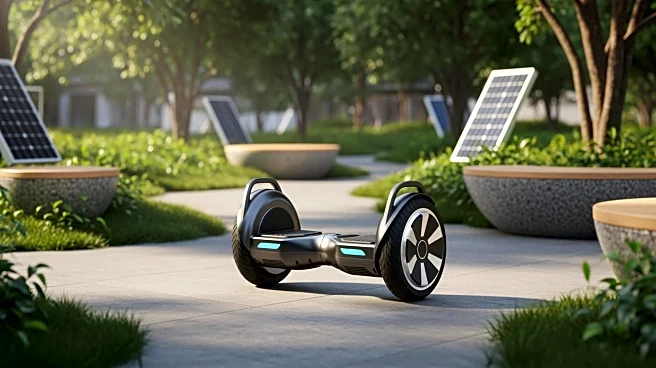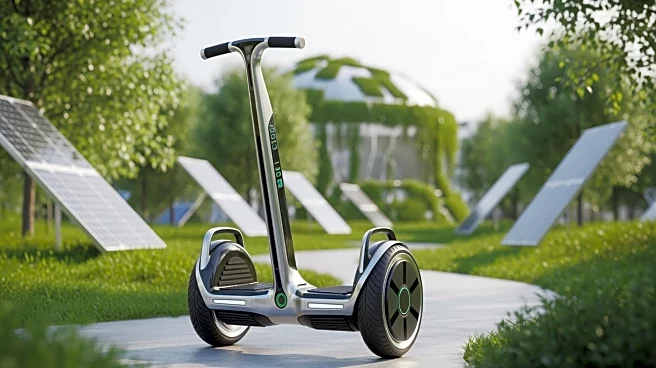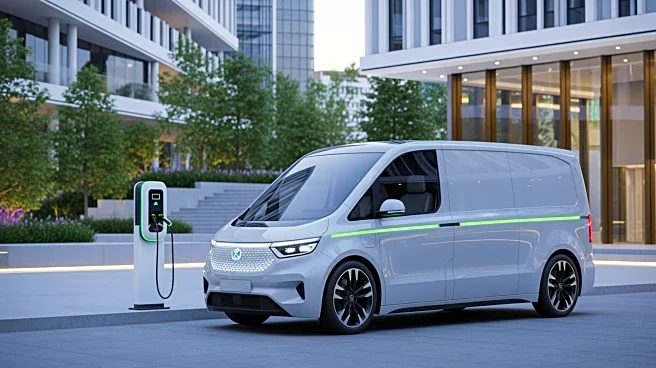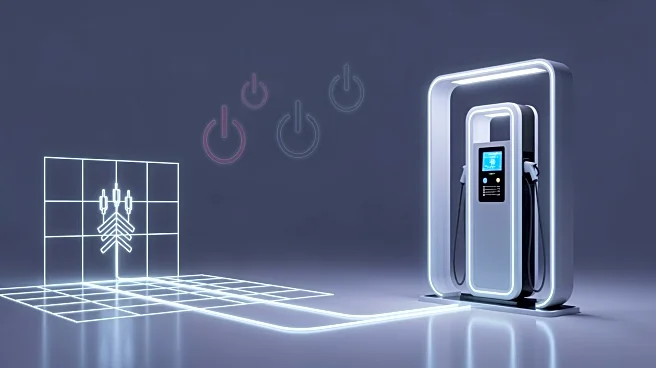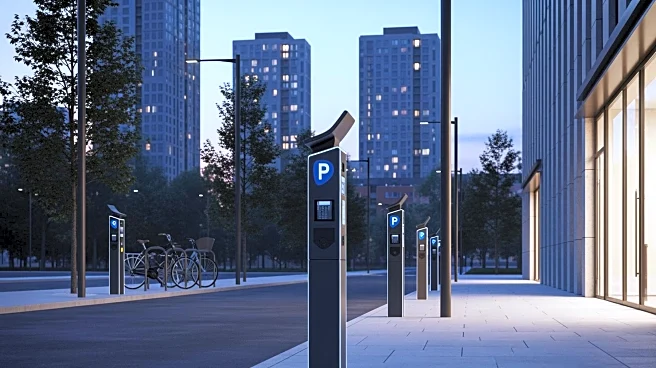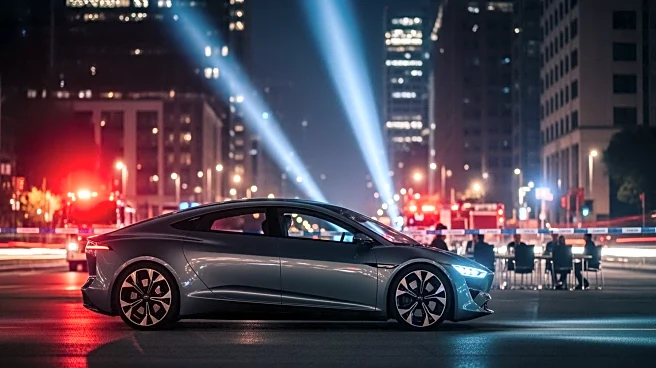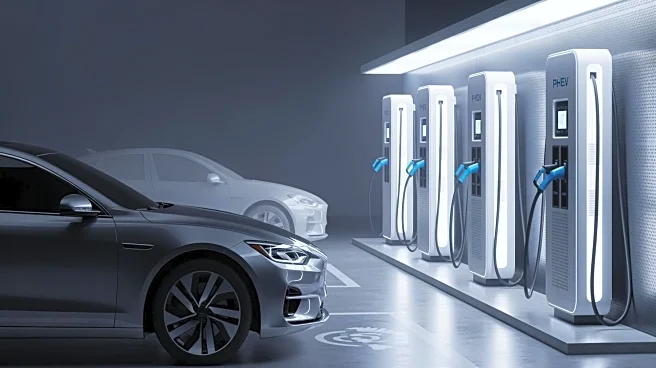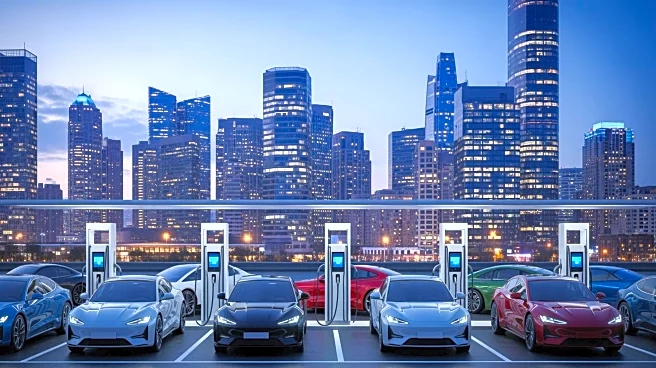What's Happening?
The self-balancing scooter market is experiencing rapid growth, driven by increasing consumer adoption of personal electric mobility solutions. These scooters, also known as hoverboards or personal transporters,
are becoming popular for short-distance travel and recreational activities. The market, valued at USD 2.5 billion in 2025, is projected to grow at a CAGR of 17.1%, reaching USD 12.2 billion by 2035. Key drivers include rising demand for eco-friendly transportation, technological advancements in battery and motor efficiency, and the growing popularity among younger demographics. The integration of smart connectivity features like Bluetooth and GPS is enhancing user experience, while safety and regulatory compliance remain a focus for manufacturers.
Why It's Important?
The expansion of the self-balancing scooter market reflects a broader shift towards sustainable urban mobility solutions. As cities grapple with air pollution and traffic congestion, these scooters offer a zero-emission alternative for commuters. The market's growth is likely to impact urban transportation policies and infrastructure, encouraging further investment in micro-mobility solutions. Manufacturers and technology companies stand to benefit from increased demand, while consumers gain from improved mobility options. However, safety concerns and product recalls pose challenges that need addressing to ensure sustained market growth.
What's Next?
As the market continues to grow, further innovations in design and technology are expected to enhance the performance and reliability of self-balancing scooters. Cities may increasingly incorporate these scooters into their transportation ecosystems, potentially influencing urban planning and public transit strategies. Manufacturers will likely focus on overcoming safety challenges and expanding their product offerings to meet diverse consumer needs.
